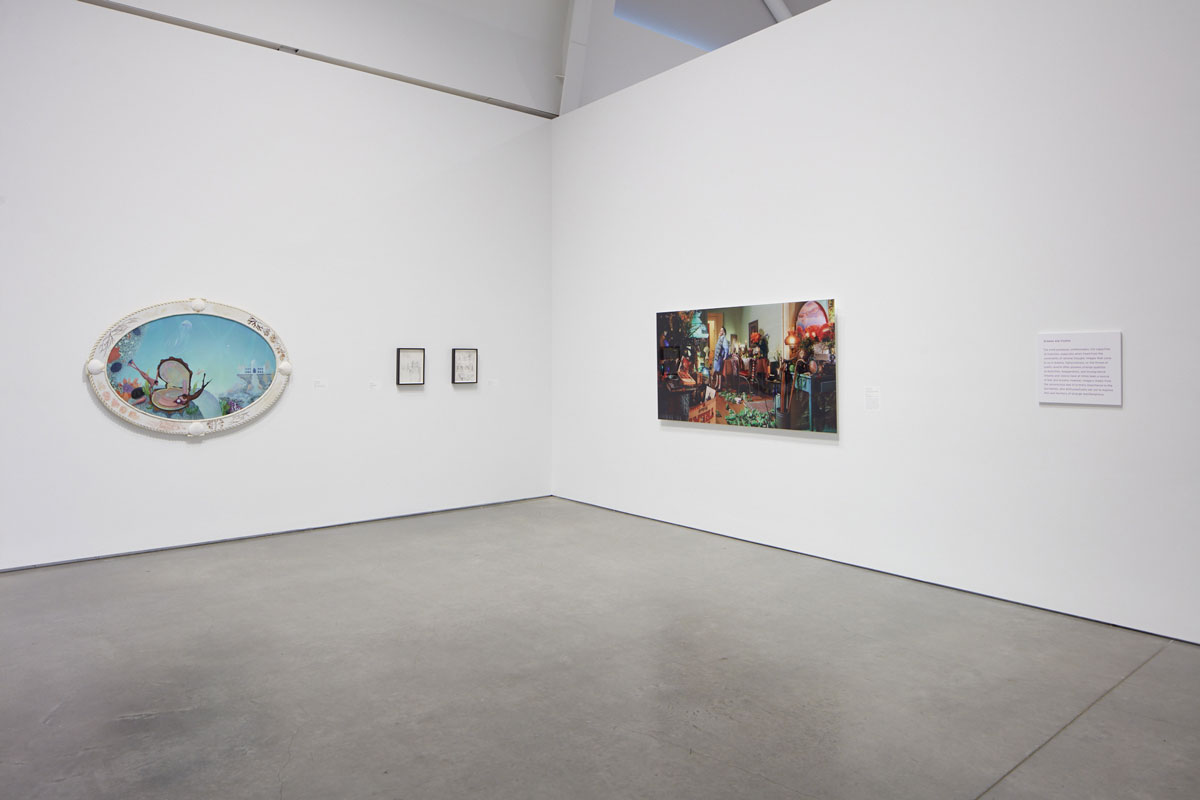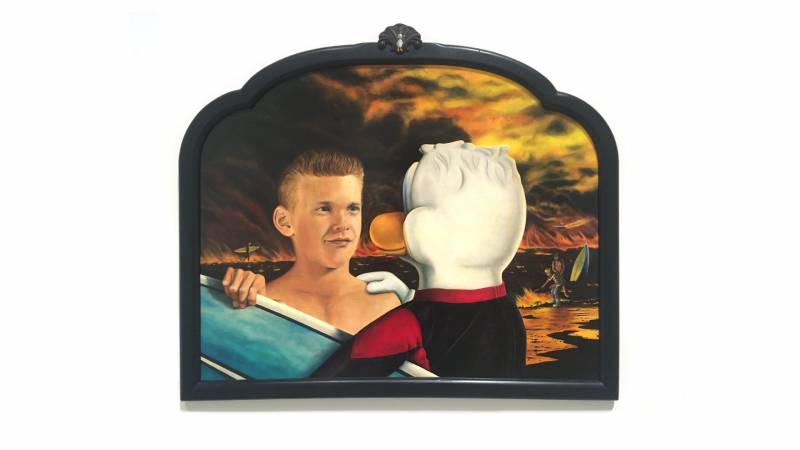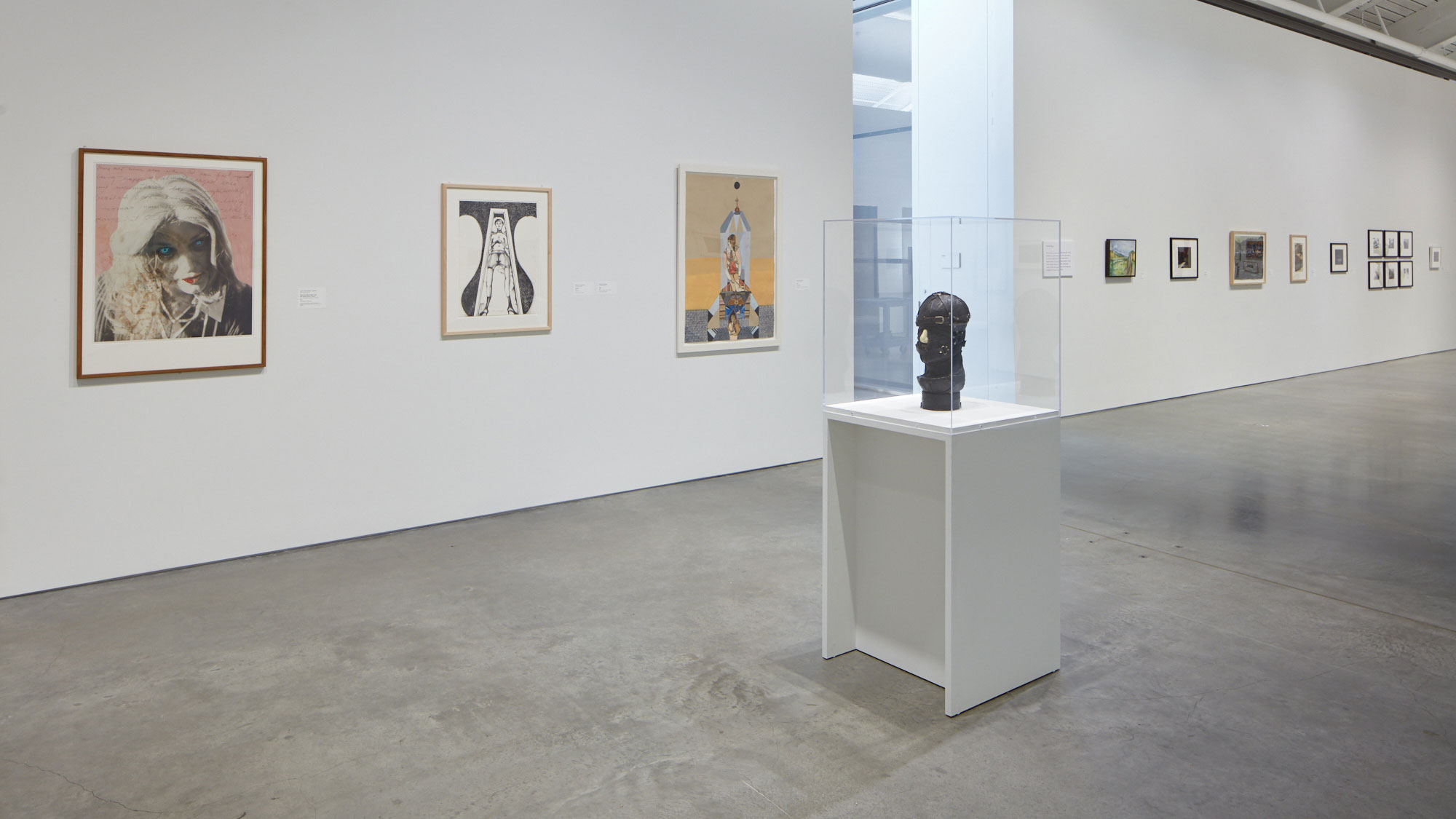When you title an exhibition Strange, as the Berkeley Art Museum and Pacific Film Archive has, you’d better be able to deliver some pretty odd fare. What’s strange to one person, era or culture may not be at all unusual to others.
Take, for instance, Nancy Grossman’s Head, included in the show. In the context of a fine art space (or in the absence of a BDSM space), the black leather-wrapped head-shaped form is indeed strange. But come September, close approximations of this sculpture won’t seem at all out of place roaming the Folsom Street Fair.
Can an object or image exist that is well and truly strange, regardless of context? The Surrealists thought so. So, apparently, do BAMPFA curators and exhibition organizers Lawrence Rinder, Stephanie Cannizzo, Lynne Kimura and Kate MacKay. Taking its cue from the preoccupations of the Surrealists, Strange looks before and after the movement’s heyday (roughly, 1924–1945) for unsettling, surprising and hard-to-pin-down things in the museum’s collection.

There’s plenty of strangeness to chew on. A Japanese woodblock print of an old woman being devoured by monsters and demons, Frank C. Moore’s extremely odd painting of a fantastical underwater scene and Robert Arneson’s ceramic Typewriter (with fingers in place of keys) all fit within the exhibition’s parameters. But the strangest piece in Strange is Keith Hale’s 1996–97 painting Accepting the Duck.
While other artworks get hefty blocks of contextualizing wall text, the label for Hale’s oil-on-wood painting reveals nothing but its barest identifying facts: artist’s name, artwork title, date, materials, size. Placed in the “Funny Strange” section of the show (there are several zones in Strange, including “Juxtaposition” and “Myth and Magic”), Accepting the Duck is not only a standout within the exhibition, it’s also one of the weirdest artworks I’ve ever experienced.




